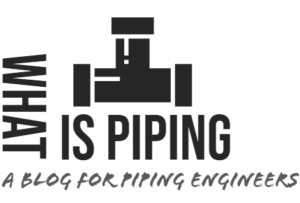Welding is a critical process in construction, providing strength and durability to structures ranging from skyscrapers to bridges. However, the integrity of welded joints directly impacts safety and...
Category: Inspection and Testing
What is Fitness for Service? API 579 Fitness for Service Assessment
Fitness-for-Service (FFS) is an assessment method using the best industry practices and standards to ensure the structural integrity of any asset or component. The FFS evaluation process confirms if...
What Is White Rust? Its Formation, Prevention, and Treatment
Galvanized steel is widely used to protect steel from rust or corrosion. A thin coating of zinc is fused to the steel surface in the galvanization process which prevents the steel from to expose on a...
What is an Accelerometer? Working, Selection, Application, and Types of Accelerometer
An accelerometer is an electro-mechanical device that measures the acceleration of motion of a pipe, equipment, or structure. This is a very useful tool for vibration engineering and is widely used...
What is PSV Testing? Its Requirements, Procedure, and Standards
Pressure Safety Valves (PSV) or Pressure Relief Valves (PRV) are important instruments used to protect enclosed equipment or vessels from over-pressure scenarios. When the system pressure exceeds a...
What is Hydrogen Induced Cracking (HIC)? | Hydrogen Induced Cracking Mechanism
Hydrogen Induced Cracking (HIC) is a form of wet H2S cracking that is usually generated by high hydrogen concentration in metals. The mechanism involves atomic hydrogen which diffuses into a metal...
